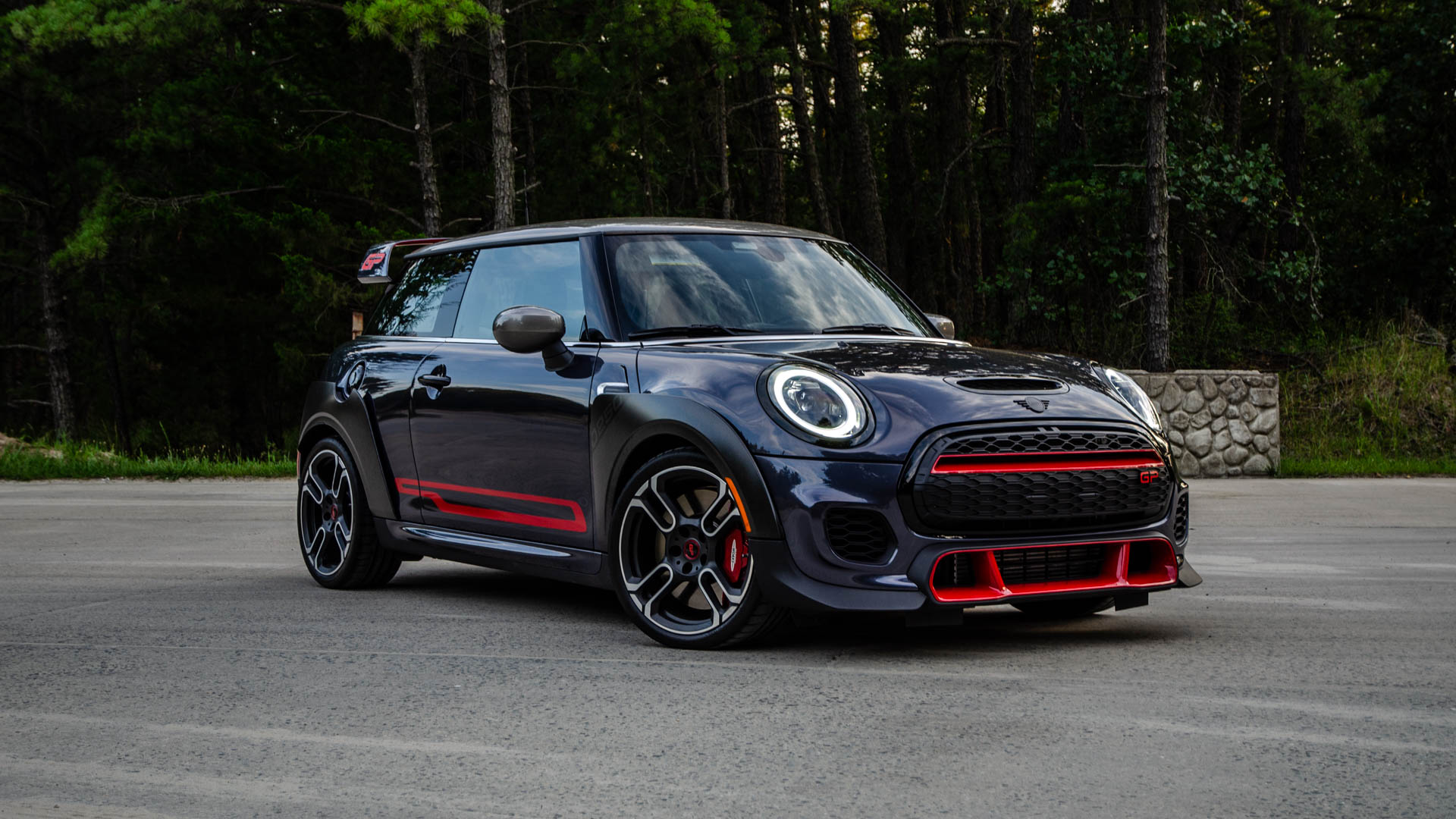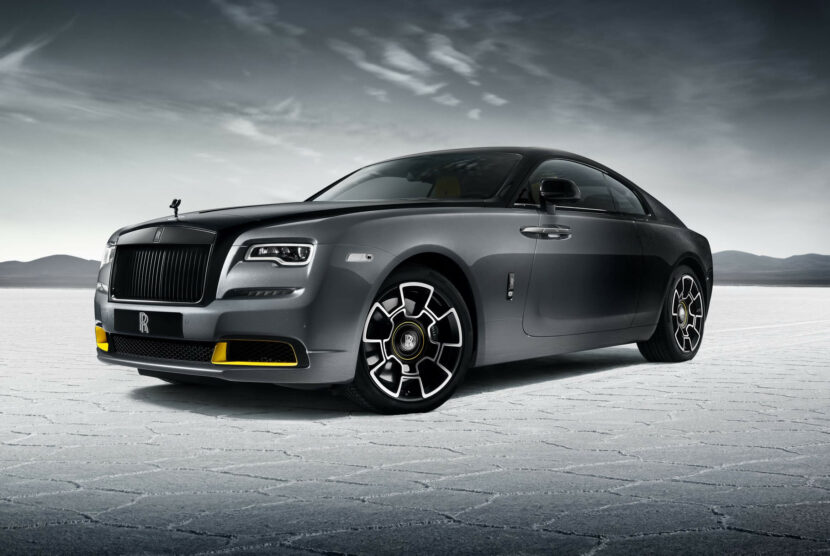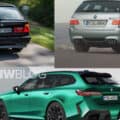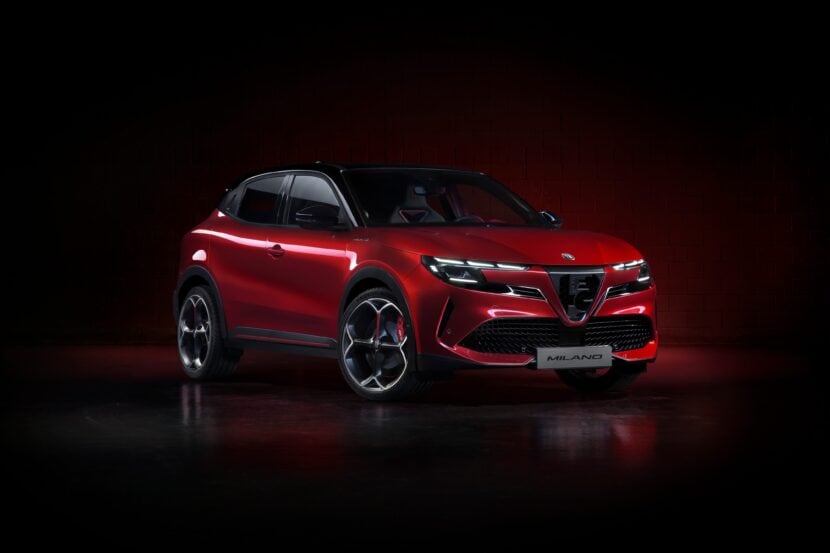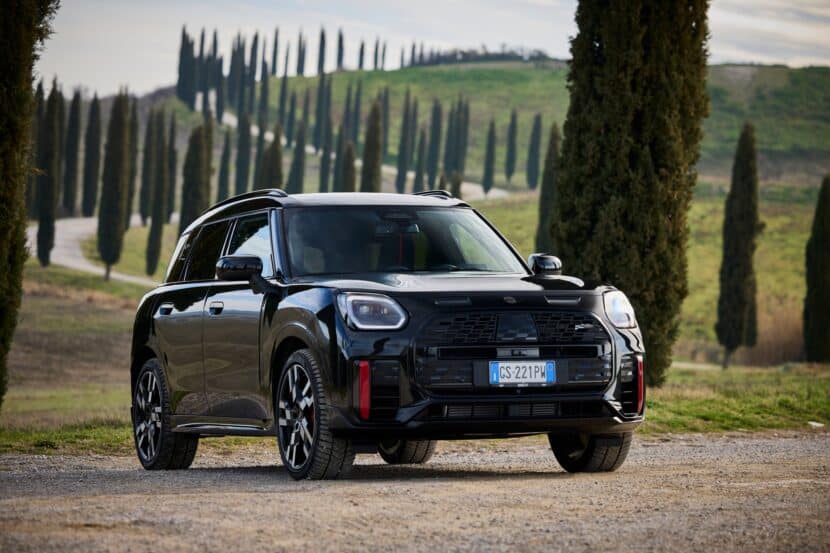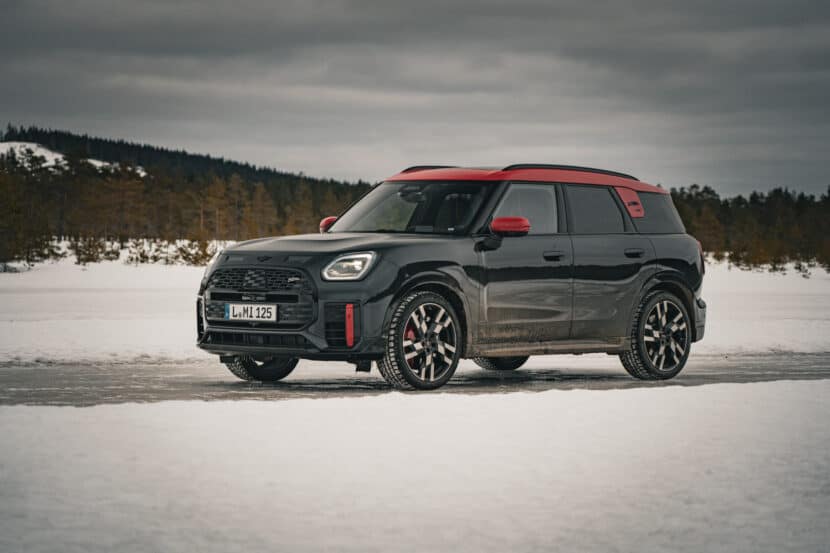We’ve already established that the M division had a great start to the year, combined BMW and MINI EV deliveries more than doubled, while the total sales of the core BMW brand suffered a minor decline in the first three months of the year. If you’re wondering how the other BMW Group brands performed in Q1 2023, MINI was down by 9.2% to 68,541 units. Rolls-Royce, which already has enough orders to keep busy for the remainder of the year, the ultra-luxury brand saw its sales increase by 1% to 1,640 vehicles.
Combined, BMW, MINI, and Rolls-Royce delivered a total of 588,138 vehicles between January and March, which is 1.5% less than in Q1 2022. The two main reasons why demand slightly dropped have to do with the new coronavirus cases in China along with the export and production ban for the Russian market. Despite the downward trend, the BMW Group expects to sell more cars this year than it did in 2022, helped by a “strong order book overall”.
BMW believes it will be able to sell more high-end SUVs by making more of them in Spartanburg. The assembly facility in South Carolina now has additional capacity following a decision to assemble the long-wheelbase X5 in China. Consequently, the Bavarian brand projects a growth in the “mid-double-digit percentage range” for more expensive models in 2023.
During the January-March interval, Asia was the largest region for BMW and MINI, with 251,147 units delivered, or -5% less than in Q1 2022. Europe was second with 215,917 cars (-1.9%), followed by China with 194,773 vehicles (-6.6%) and the Americas with 107,367 units (+8.8%). In the United States, shipments rose by 11.4% to 89,750 cars. In Germany, BMW and MINI sold a combined 57,317 vehicles, or -7.2% less than in the same period last year.
As far as BMW Motorrad is concerned, the two-wheeled products enjoyed a 1.1% increase in demand, reaching 47,935 units. It’s an all-time record for the first quarter of the year.
Source: BMW Group


